Blog Title Test1
Jul 15, 2025
Key characteristics and uses of bullet points:
- Organization and Readability: Bullet points help break up large blocks of text, making it easier for readers to quickly grasp key information.
- Conciseness: They encourage brevity and focus on essential elements, making content more impactful.
- Highlighting Important Information: Bullet points are ideal for drawing the reader's attention to major points, facts, or summarized information.
- Lists: They are commonly used for creating lists of items, names, questions, or directions.
3. Emergence and Growth of Online Pharmacies in India
India’s first wave of e-pharmacies appeared around 2013–15 with Netmeds, 1mg and PharmEasy. Covid-19 lockdowns then turbo-charged demand. According to IMARC, the Indian online pharmacy market reached USD 3.18 billion in 2024 and is projected to USD 12.71 billion by 2033 at a 16.65 % CAGR.
The business models differ:
-
Inventory model – the platform owns and ships stock (e.g., One Bharat Pharmacy, PharmEasy).
-
Marketplace model – it connects licensed local chemists to customers (e.g., Tata 1mg).
-
Hybrid/franchise model – a blend of the above, often with franchised micro-fulfilment centres.
Scale has encouraged consolidation: PharmEasy’s ₹ 4,546-crore takeover of diagnostics giant Thyrocare in 2021 created a vertically-integrated digital health chain spanning tests, tele-consults and medicines.
4. Advantages of Online Pharmacies
|
Advantage |
Why it matters |
Illustration |
|
Convenience & reach |
Doorstep delivery eliminates long travel and queues. |
e-Sanjeevani tele-prescriptions can be filled online; the platform has logged 3.6 billion consultations since 2020. |
|
Price transparency & discounts |
Digital catalogues let users compare generics vs. brands, see expiry dates, and access cashback schemes. |
Average savings on chronic-disease refills reported by Tata 1mg users: 12–18 %. |
|
Continuous supply for chronic care |
Auto-refill subscriptions reduce missed doses for diabetes, hypertension and HIV. |
PharmEasy ships 80 % of its orders to repeat buyers in Tier 2–3 towns. |
|
Data-driven adherence & counselling |
In-app reminders and tele-pharmacist chat support improve compliance. |
Apollo 24 |
|
Catalyst for broader digital health |
Platforms bundle lab tests, tele-consults and insurance, creating a one-stop health stack. |
Thyrocare integration gives PharmEasy users discounted diagnostics in 3,700 pincodes |
5. Challenges and Concerns
-
Regulatory grey zones. India still lacks a notified e-pharmacy law. Draft amendments to the Drugs & Cosmetics Rules (2018) are pending; in Nov 2023 the Delhi High Court demanded a policy within eight weeks.
-
Quality and counterfeit risk. Ensuring cold-chain integrity and pharmacist oversight during last-mile delivery is harder online. Academic reviews flag gaps in verifying Schedule H/X prescriptions and storage conditions .
-
Data privacy. Draft rules would mandate local storage and disclosure only for public-health reasons, but enforcement mechanisms remain unclear.
-
Threat to small chemists. The All India Organisation of Chemists & Druggists (AIOCD) called a nationwide strike for March 2025, citing deep-discount “predatory” pricing.
-
Risk of misuse. Multiple uploads of the same e-prescription or self-medication via symptom-checker apps can fuel antibiotic resistance, warns the Indian Journal of Medical Ethics .
6. Government Policies and Regulations
|
Regulatory Instrument |
Status |
Key Provisions |
Gaps |
|
Draft e-Pharmacy Rules 2018 |
Pending notification |
Mandatory portal registration; 24/7 support; periodic inspections; no drug ads |
Silent on illegal cross-border sites, fake prescriptions, model-wise FDI limits |
|
Drugs, Medical Devices & Cosmetics Bill 2023 |
Before Parliament |
Empowers Centre to frame rules for online sale and distribution |
No immediate compliance timelines |
|
IT Act 2000 & Consumer-Protection E-commerce Rules 2020 |
In force |
Intermediary liability and consumer-rights framework |
Not tailored to medicine-specific risks |
|
Ayushman Bharat Digital Mission (ABDM) |
Operational since 2021 |
ABHA health ID, interoperability of e-prescriptions, teleconsult & e-pharmacy linkage |
Voluntary onboarding; variable state adoption |
Overall, policy is moving, but clarity on licensing, pharmacist presence, cross-border sales and data security is still evolving.
7. Comparative Analysis
-
Traditional chemist vs. e-pharmacy
-
Pros offline: immediate purchase, personal advice, no delivery wait.
-
Cons offline: limited stock, higher mark-ups, restricted opening hours, travel costs.
-
Pros online: 24×7 ordering, larger SKU catalogue, digital payment & records, home delivery.
-
Cons online: delivery lag in emergencies, counterfeit risk, loss of personal counselling.
-
Global parallels
-
United States – Amazon Pharmacy/PillPack: Amazon’s 2018 PillPack buy showed how logistics, subscription packaging and Prime membership can shake incumbents.
-
Sweden – Apotea: 40 % of all Swedish prescriptions are now filled online, enabled by real-time e-prescription rails.
-
China – Alibaba Health: Tight integration with AliPay and state insurance has made drug e-commerce mainstream.
These cases suggest that when digital payment rails, e-prescriptions and strong logistics converge, online pharmacies rapidly capture share.
8. Future Outlook and Recommendations
Growth trajectory. If current 16–17 % CAGR continues, India’s e-pharmacy market could exceed USD 18 billion by 2033, serving 250–300 million unique users and handling a quarter of prescription volumes. The next decade will likely see:
-
Hyper-local dark stores enabling two-hour delivery in Tier 2–4 towns.
-
AI-driven adherence programs bundled with insurance.
-
Integration of e-pharmacy APIs into ABDM’s health-records backbone, allowing one-click refills from tele-consult platforms.
Recommendations
|
Stakeholder |
Action |
|
Policymakers |
Notify e-pharmacy rules with clear licensing, cold-chain norms and prescription-upload authentication; create a national track-and-trace barcode system. |
|
Entrepreneurs & investors |
Focus on Tier 3–4 logistics, elder-care medication management, and vernacular interfaces to expand beyond urban early adopters. |
|
Traditional chemists |
Adopt omni-channel models—storefront + online ordering—and leverage local trust for value-added services (BP checks, vaccination). |
|
Public health planners |
Use e-pharmacies to stock essential drugs for chronic-disease programmes and integrate with schemes like Jan Aushadhi for subsidised generics. |
|
Data-security watchdogs |
Enforce privacy-by-design audits and mandate breach-disclosure protocols to build long-term user trust. |
9. Conclusion
India’s healthcare challenge is less about cutting-edge surgeries and more about last-mile access to everyday medicines.
Online pharmacies have already demonstrated that they can bridge geography, reduce prices and catalyse a broader digital-health ecosystem.
Yet their promise will only be realised if regulation matures, quality is policed and small chemists are brought into the digital fold.
With thoughtful policy and responsible innovation, e-pharmacy could indeed become a cornerstone of equitable, affordable healthcare access across India’s cities, towns and villages.
Disclaimer:
Recent Post
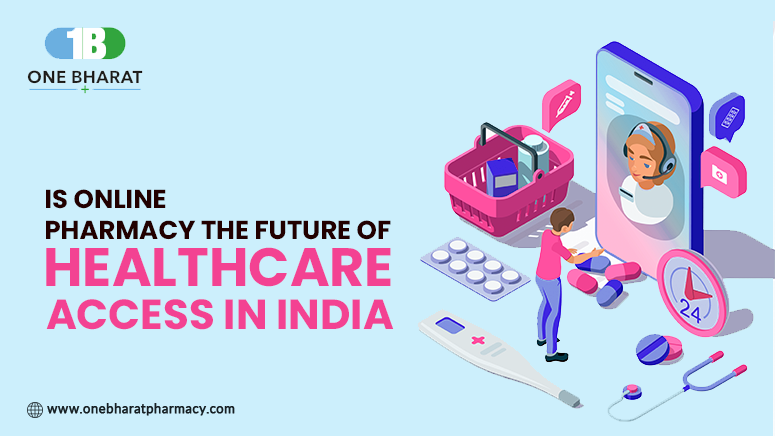
Is Online Pharmacy the Future of Healthcare Access in India?
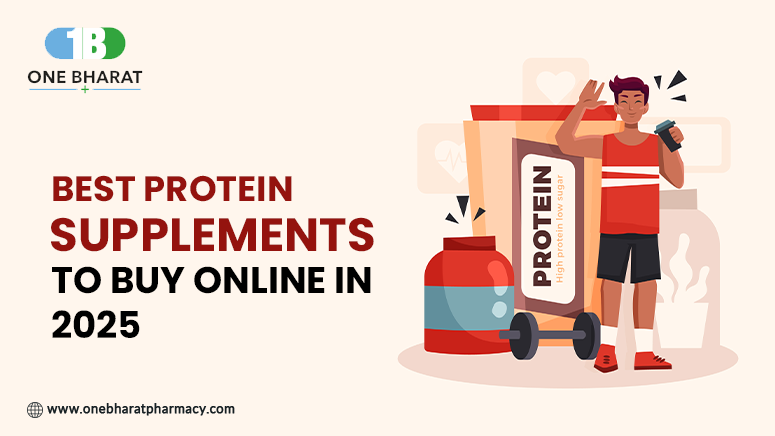
Best Protein Supplements to Buy Online in 2025
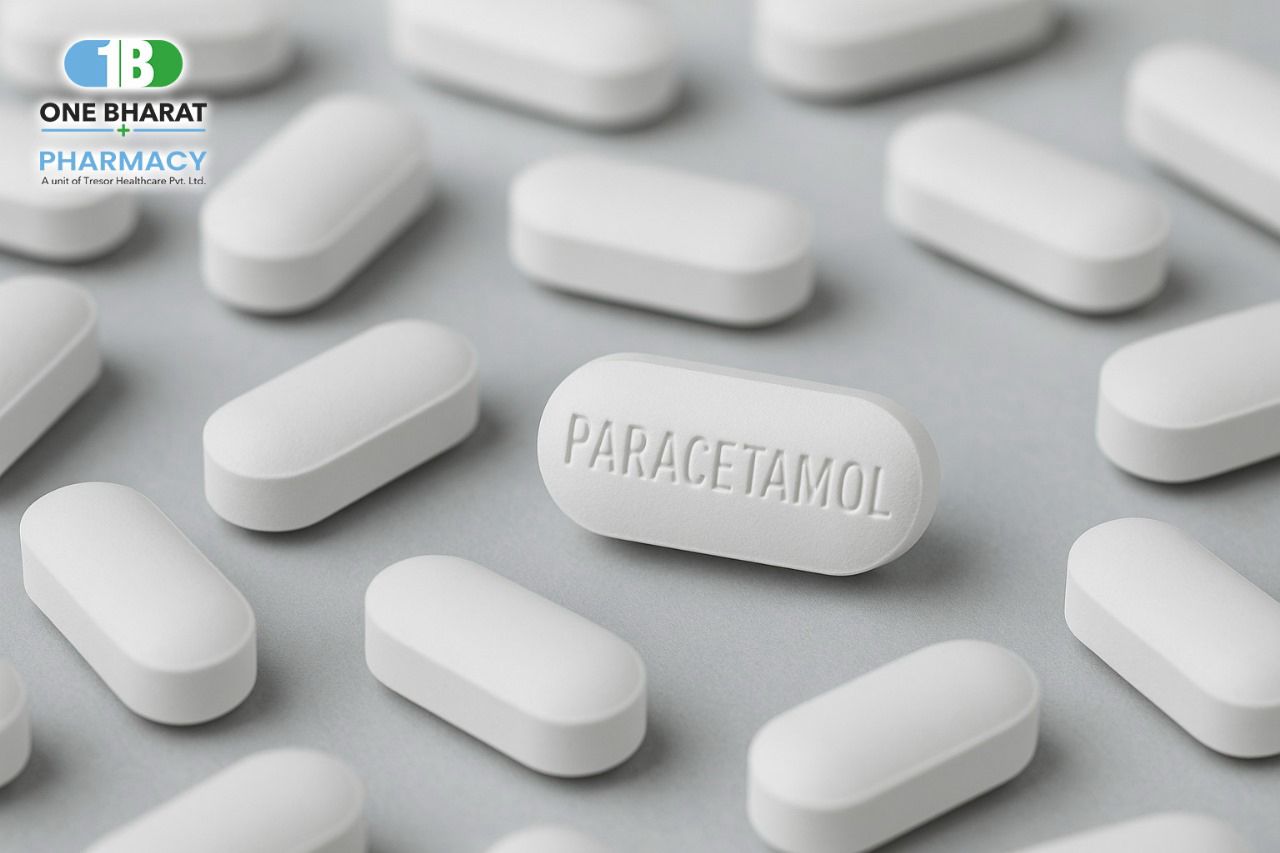
FACT CHECK: Is Paracetamol Truly the World’s Most Dangerous Drug?
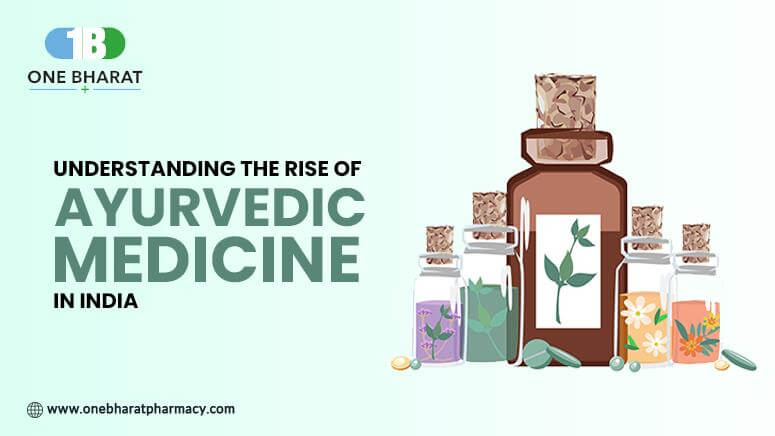
Understanding the Rise of Ayurvedic Medicine in India

Fact‑Check: Does Tirzepatide (Mounjaro/Zepbound) Aid Weight Loss & Diabetes?

How to Safely Buy Medicine Online in India: A Complete 2025 Guide
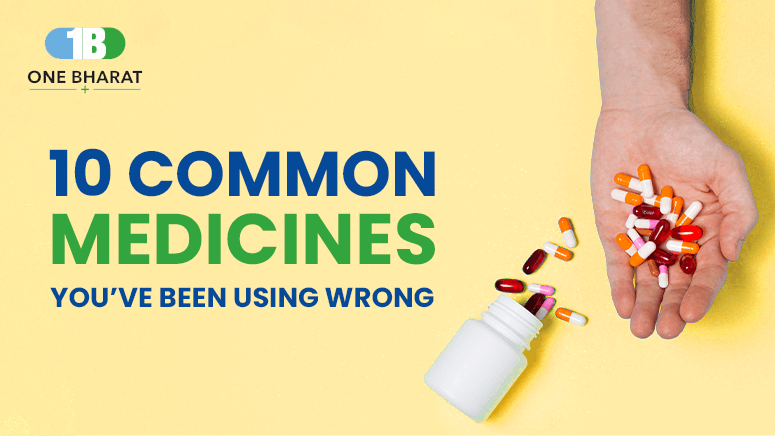
10 Common Medicines You’ve Been Using Wrong

Claim vs. Reality: Does Sunscreen Really Increase Cancer Risk?

Boosting Immunity During the Monsoon Season

The Sweet Benefits of Chocolate: A Delicious Path to Better Health

